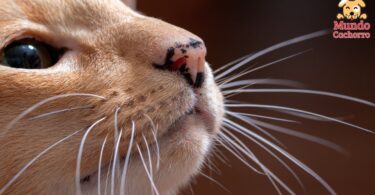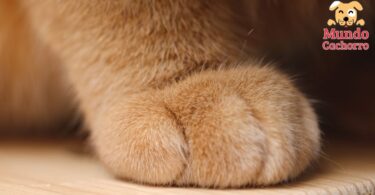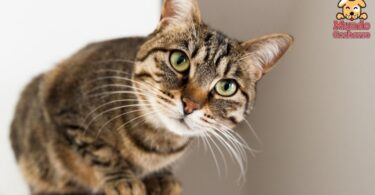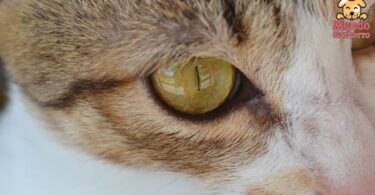Cat fur is a distinctive and diverse appearance that has captivated feline lovers for centuries. Beyond its softness and elegance, your cat’s fur harbors a number of fascinating curiosities that reveal the complexity of these lovable companions.
Indice
In this article we detail the most relevant characteristics of your kitty’s coat and what each of them means. Take note and find out more about your kitty!
What your cat’s coat says
The palette of colors and patterns in cat fur is amazing. From classic tabby to exquisite calico and tortoiseshell patterns, each cat is unique in its appearance. Some even have “point” coats, where the limbs and tail are darker than the rest of the body.
But, there are other cat breeds that naturally lack fur, such as the Sphinx and the Peterbald. Although they appear to be completely naked, these cats have soft fur and often require special care to protect their delicate skin.
Another curiosity about your cat’s coat is that just as some trees change color in the fall, some cats experience seasonal changes in their coat. This is known as a “coat change” and may involve a denser coat in winter and a lighter version in summer.
Some cats experience changes in their coat color as they age. Cats with white coats, for example, may develop darker spots over time, a phenomenon known as “age spots”.
Some cats have a phenomenon called “color tipped fur”. This change in coat color is most evident on the limbs and tail and is linked to ambient temperature. It is believed to be an adaptation to conserve heat in key areas of the body.
Some cats, especially those with white coats, may have a phenomenon known as “moon coat”. In the dark, their coat may glow slightly due to the fluorescence of the hair follicles.
For hunting
Cat whiskers are specialized hairs that serve a variety of functions. They help cats measure space, assess wind direction and detect changes in their environment. Cutting these whiskers can disorient the cat and affect its balance.
Feral cats often have coats that provide camouflage in their natural environment, which facilitates hunting. Domestic cats may retain some of these camouflage patterns in their coats.
A cat’s coat can reveal its emotional state. A frightened or aggressive cat may ruffle its fur to appear larger and more threatening, a behavior known as “piloerection”.
In short, cats’ fur is a wonder of nature that goes beyond its aesthetic function. Each coat tells a unique story about the evolution, adaptation and diversity of these feline companions that continue to fascinate animal lovers around the world.
Image courtesy of https://pixabay.com, all rights reserved.







